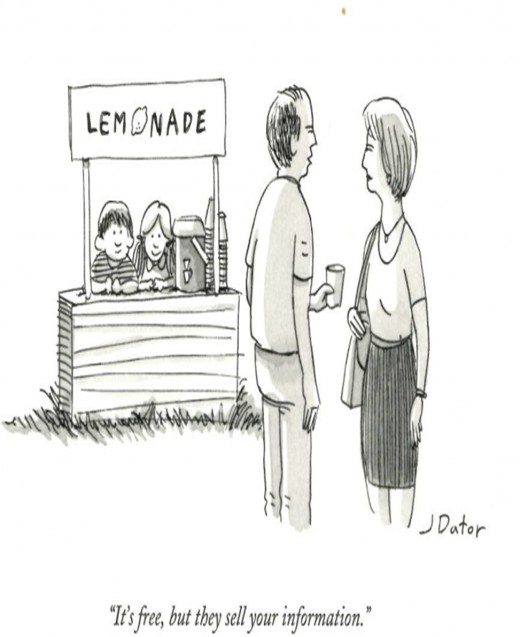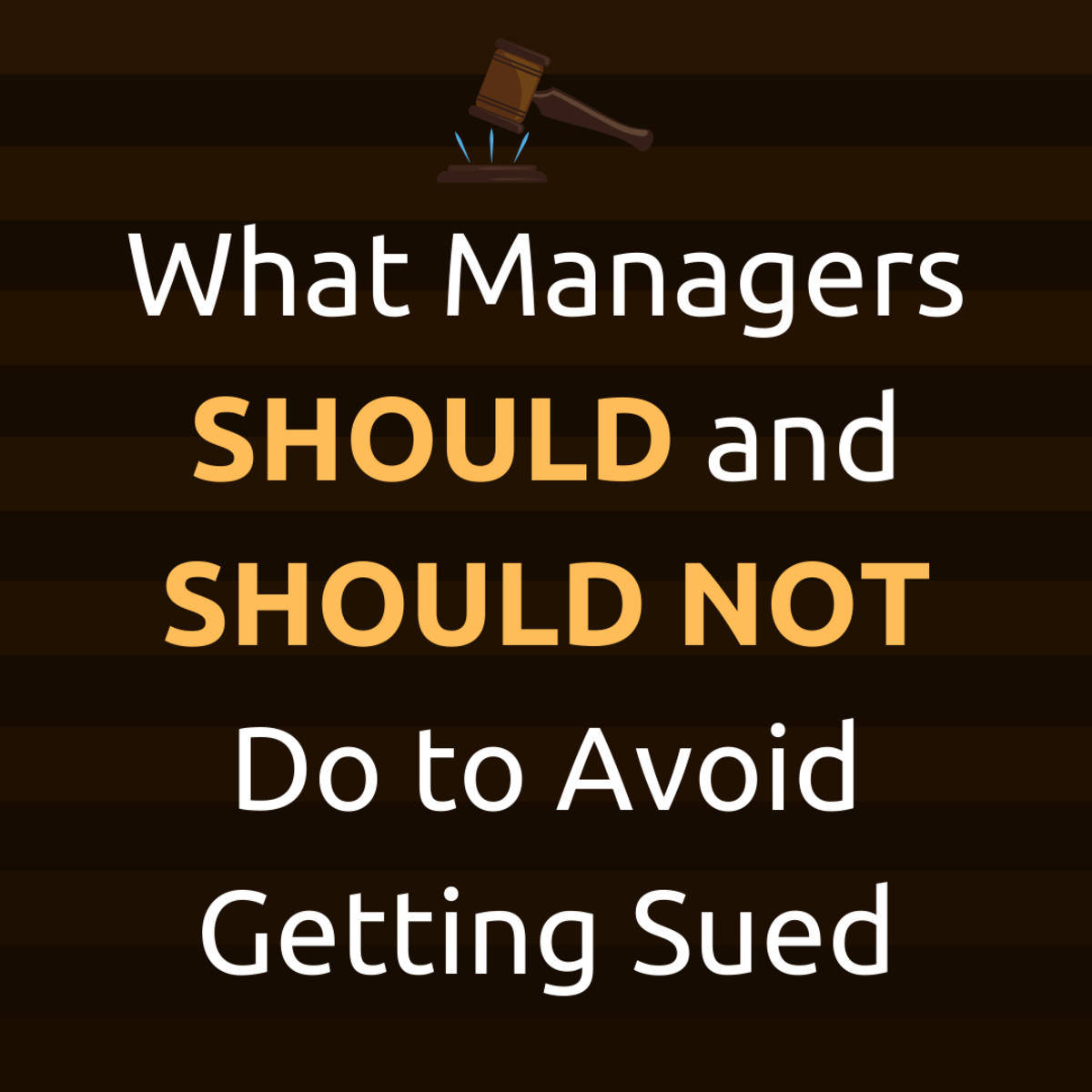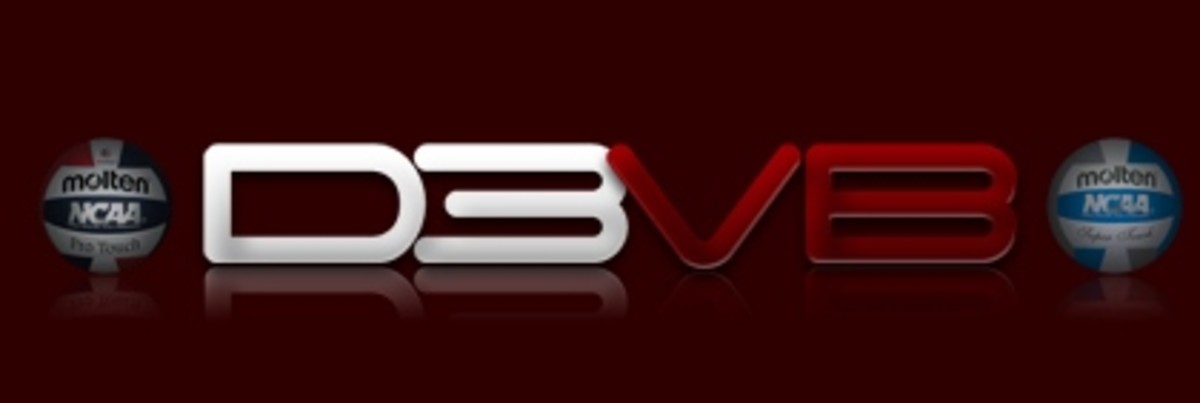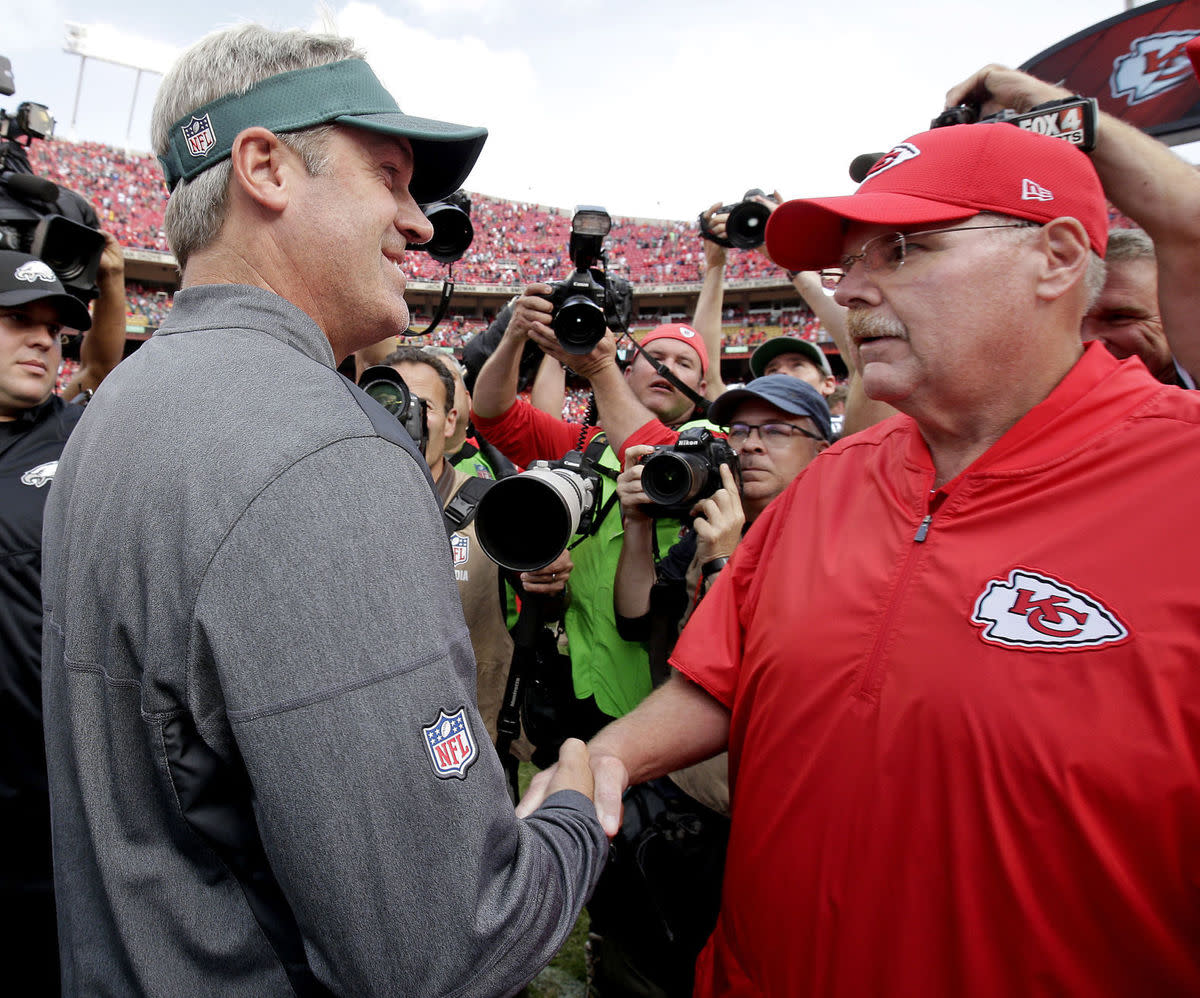Coaching: How To Measure and Evaluate Team Performance

ROI Coaching Measures
Article 4/5 in a series about Professional Coaching
Measure and Evaluate Coaching Team Performance
Coaching focuses on future possibilities, not past mistakes.
When Timothy Galloway, a Harvard educationalist and tennis expert, wrote a book called The Inner Game of Tennis, almost two decades ago, the word “inner” was used to indicate that the opponent within one’s head is more formidable than the one on the other side of the net.
If a coach can help a player to remove or reduce the internal obstacles to his performance, an unexpected natural ability to learn and to perform will occur without the need for much technical input from the coach.
This idea has its roots in the concepts voiced by Socrates, 2000 years ago, but somehow his philosophy got overtaken by materialistic reductionism and Aristotelian inductive reasoning, which thought of human beings as empty vessels into which everything had to be poured.
Coaching is better understood by viewing humans as acorns. The acorn contains potential. When young it grows a taproot which can be as long as one metre underground. In nurseries, this tap root coils inside the pot, and when transplanted, the young tree’s tap root is often broken, which seriously affects its ability to grow and flourish. A good coach emulates a good gardener, by ensuring the tap root is taken care of and, when transplanting the tree, digs a metre-long bore-hole for the root to establish.
Coaching: your opponent in tennis is really your friend if he makes you stretch and run. If he just pats the ball back to you, that doesn’t improve your game. In business, directive management pats the ball, while a self-directive coaching style makes you think about solutions you can apply in your business area.
Contracting and Agreeing the Coaching Process and Framework
Human Potential: a manager or coach needs to believe that people possess more capability than they are currently expressing.
There are several opportunities to apply a coaching approach at work:
Reason To Coach
Situation
Motivating staff
Appraisals and assessments
Delegating
Task performance
Problem solving
Planning and reviewing
Relationship issues
Staff development
Team building
Team working
Sometimes you can choose to apply coaching as part of a normal conversation, or structure a staff meeting that way. In this case, there need be no official contract with the coachees. In other situations, like performance appraisals for example, it is a good idea to make the employee aware that you will be using a coaching process; else they might perceive the situation as unstructured and discriminatory.
Portfolio Piece
Discuss/Write/Reflect
How important do you think it for other staff to know coaching is being implemented to improve performance? How aware of the coaching process do they need to be?
If you coach as a line-manager, are there situations where you would not inform a staff member you were adopting a coaching style? If so, why/why not?
Organizational Context of Coaching
In order to assess if coaching is likely to help your organization and staff performance, you could use the quiz checklist below, which measures employee engagement, and give it to staff before, and then after, a period of coaching.
Senior Manager Buy-In
A similar approach can be used with managers, in the form of a checklist which is a useful tool to measure how attitudes and values can change after a coaching course. Many senior managers will naturally be coaches, and not realise it.
Other Related Policies and Procedures
For coachees, the coaching process is not helpful if they are not taught the principles of coaching. Whilst you may enthuse and motivate your staff, unless they can also change their way of working, they may burn out from all the effort they exert striving to achieve top performance and potential.
Other HR policies, like equal access to training, and treating people in a non-discriminatory fashion, might come into play when you propose the implementation of a coaching program. To put it simply, coaching is no fun for a coachee if they don’t know what is going on. That is why coaching is an organisation-wide proposal.
Something to consider: If there was only the “right” way to do something, Fosbury would never have flopped and Bjorn Borg would never have won Wimbledon!
Techniques for Program Monitoring, Review and Evaluation.
Have an overall plan for reviewing the coaching program, which can include all or most of the following:
- One person (or you) or department becomes a respected source of advice or expertise on coaching. They develop the policy and define who will benefit from coaching, linking it with the competencies that the organization needs.
- Set out minimum levels of experience and qualifications for coaches, and a competency framework with an assessment process
- Rationalise costs to reflect a sliding scale for levels of experience and seniority.
- Carefully match coaches to clients and give people options to choose out of two coaches so they don’t feel targeted.
- Give those new to the concept of coaching some background information before a first meeting.
- Involve the coachee’s line-manager in the occasional three-cornered meeting to agree the agenda for a coaching program, with regular reviews to connect with the process.
- Collect feedback on each coach.
- Invite each coach to regular meetings to update the organization on progress and feedback on what has been identified
- Design a measure to assess return on investment (ROI) as part of the evaluation process.
Performance Coaching
The underlying philosophy of performance coaching has two aspects:
- The goal of performance coaching is to coach another person to solve a problem or learn a new skill.
- The attitude of the coach must be recognition that a person, rather like an athlete, is capable of finding a way to solve the problem/learn the skill. Or to put it another way, the answer, for the coachee, may not be “in the book”.
Performance Coaching concentrates on two aspects:
Building Awareness: The coach surfaces and highlights the unique attributes of the body and mind of each individual, while at the same time building the ability and the confidence to improve without another’s prescription. Awareness becomes self-awareness. Any sport’s athlete will answer that you win key games through your mind and attitude. Winning businesses benefit from the same idea.
Business requires a wide range of skills, and to win, your mental attitude must be attuned to development and change. A performance coachee eventually becomes self-coaching, which opens the door to continuous self improvement and self-discovery.
Responsibility: The second goal of performance coaching is improving the relationship between business culture change and the growing concern for accountability and responsibility, both collectively and individually. We may do our job because there is an implied threat if we do not, but doing work to avoid anxiety does not optimize performance.
Portfolio piece:
Discuss/Write/Reflect
Responsibility:
Think of this in terms of customer service perhaps. How satisfied are the organization’s customers? Does a lot of your coachee’s work involve dealing with ‘threats’? Is the organization aware of how frontline staff experience customers? Are there any ongoing problems where ‘customers’ have been branded ‘difficult’?
Perhaps you can recall an experience either in your current coach role or in a job you had in the past, where the ‘responsibility’ staff had and the way they achieved solutions was not optimal? How would coaching skills improve things?
Exercise - Performance Coaches – Ideal Traits – 2 useful coaching models to measure performance and improvement in teams and individuals.
Some suggestions for ideal traits for coaches are below. What is your view? Which ones do you think are essential, desirable, and non-essential? Why? What stands out to you?
- o Patient
- o Detached
- o Supportive
- o Interested
- o Good listener
- o Perceptive
- o Aware
- o Self-aware
- o Attentive
- o Retentive
- o A technical expert
- o Knowledgeable
- o Experienced
- o Credible
- o In authority
KEY ARGUMENT:
In considering if you as coach need to be an organizational or technical ‘expert’ most performance coach practitioners would say that the answer is no. If the coach is truly acting as a detached awareness raiser, and fully believes what he/she espouses, there is less need to give expert input or advice, and more focus on the potential of the performer, and the value of self-responsibility. Or to put things simply – most people are perfectly capable of running their own show.
Life Coaches – Model One – get your coachee to color the grid model
Coaching definitions vary, but there is a common thread among coaching professionals and training programs. The model Life coaches use can provide a useful insight for how the general well being of the team or individual is measured. Life coaching specialists are in partnership with their coachees to improve personal and professional life goals. Life coaching aims to raise core energy levels, allow conscious choices to be made about life, encourage a greater sense of fulfillment, and promote life satisfaction. Life coaching goals include:
- increasing well-being and levels of accomplishment
- connecting with dreams and goals
- developing and holding an optimistic perspective
- savoring life right now in the pursuit of happiness.
Life Coach Model – How full are your segments in terms of fully colored equals satisfied to less color meaning less satisfied?
GROW model – Goals, Reality, Options and Will
The GROW model is a way to determine the structure of coaching sessions, and the sequence of questions to ask, in order to maximize progression for the coachee(s). Coaches use the GROW model when required, in order to put process behind what has been decided as a goal for the coachee
Each session should follow the GROW model stages so that you can measure success frequently by whether the Ws were completed the next time you deal with the coachee.
- Goal setting – set goals for the session as well as short and long term goals.
- Reality checking – question and explore the current situation.
- Options – coachee for alternative strategies or courses of action the coachee can do.
- Ws – End sessions with structured solutions involving What is to be done, When, by Whom and the Will to do it (or motivational reasoning behind the progression goal).
In the final article of this five part series on Coaching, we discover exciting ways to use Coaching Theory Models With Coachees. Sharing the world of coaching theory with coachees leads to a spread of ideas, innovative communication and overall life improvement for anyone who is in touch with the dynamic discipline of Coaching for Performance. (Click Coaching for Performance for an easy link back to the first article in this five part series!)








